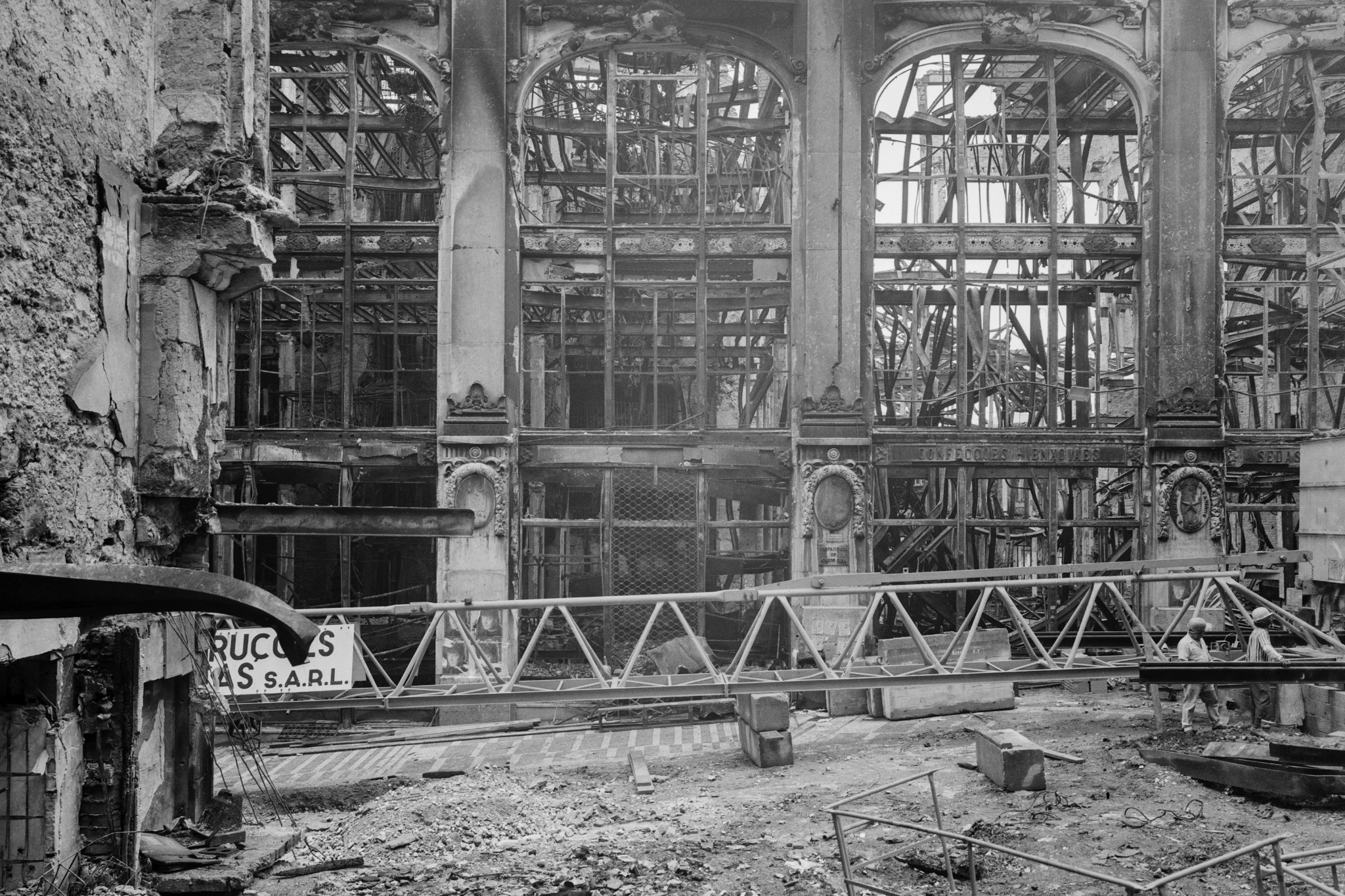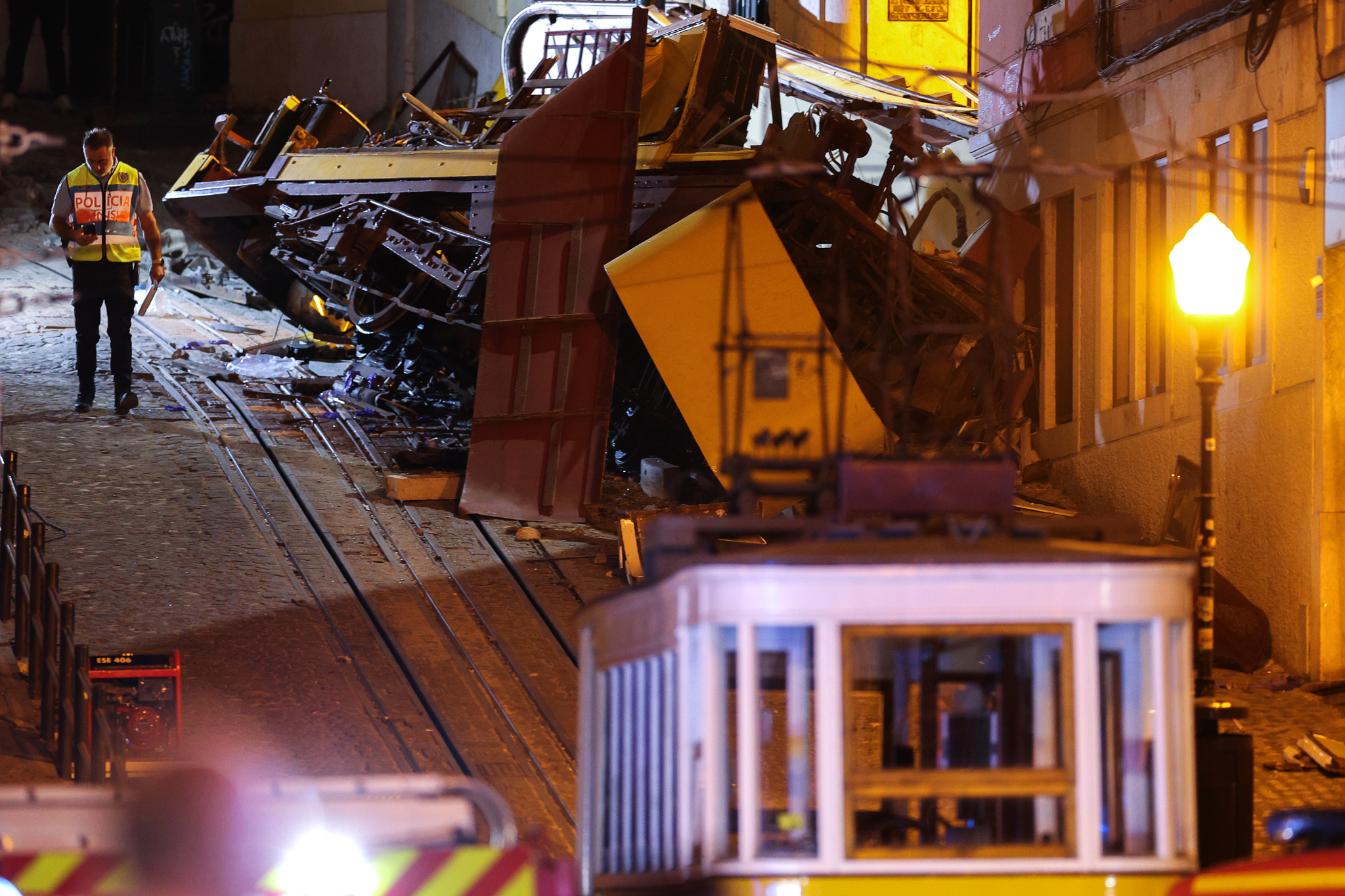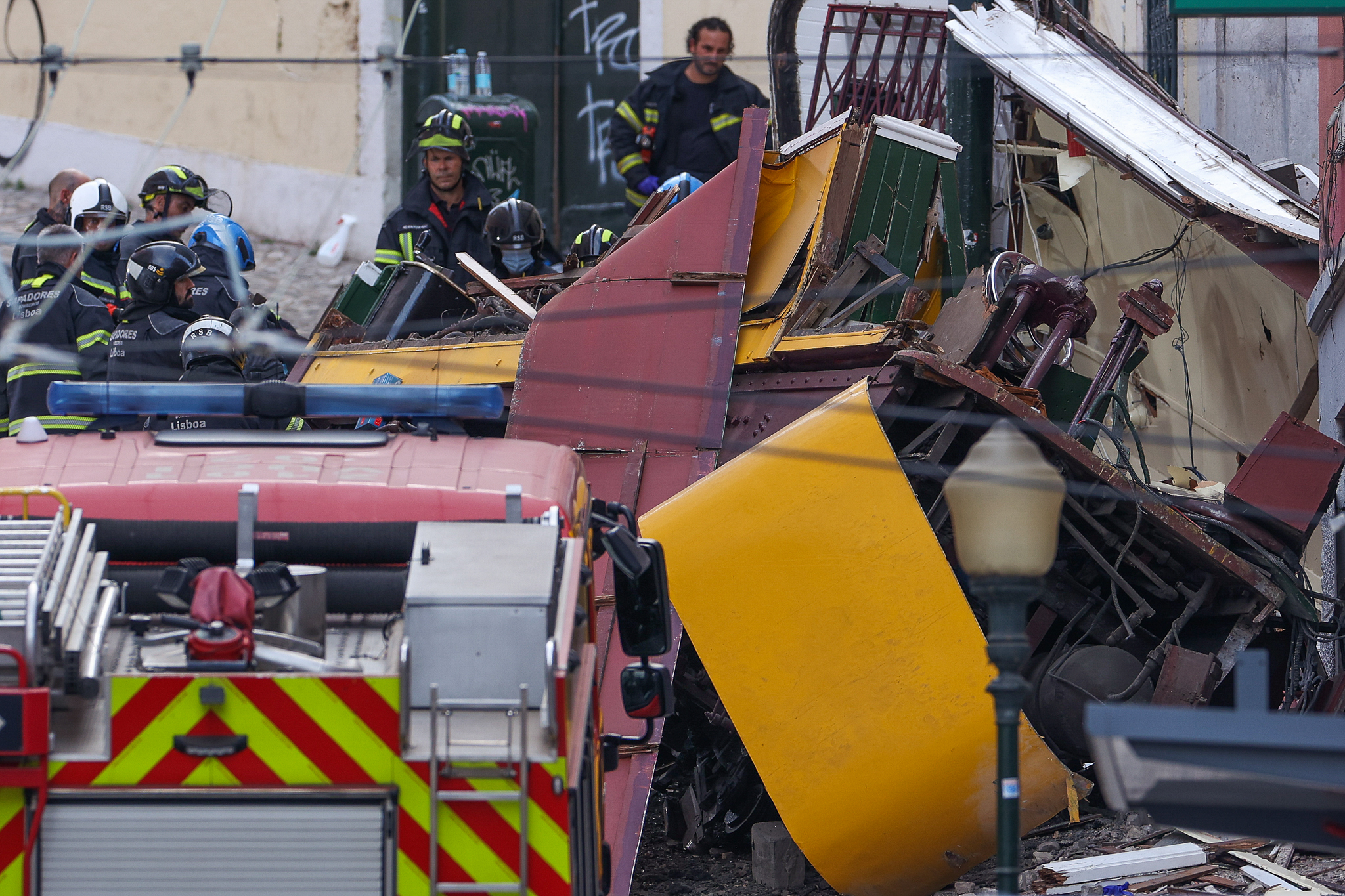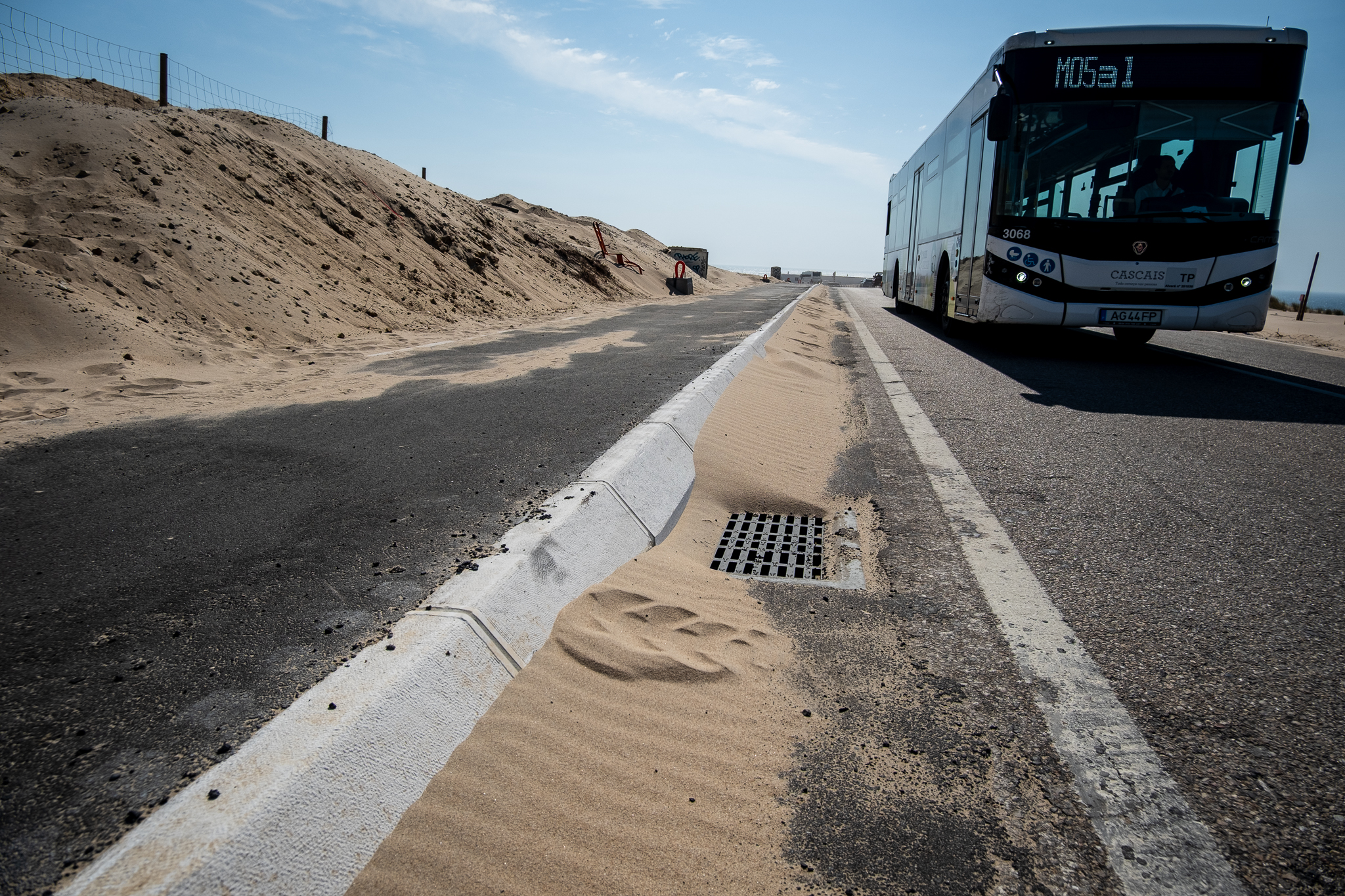The National Library of Portugal (BNP) says that the specimens were diseased and that they will be replaced by "others of the same species with considerable size", as part of a renovation of the front part of its green space.
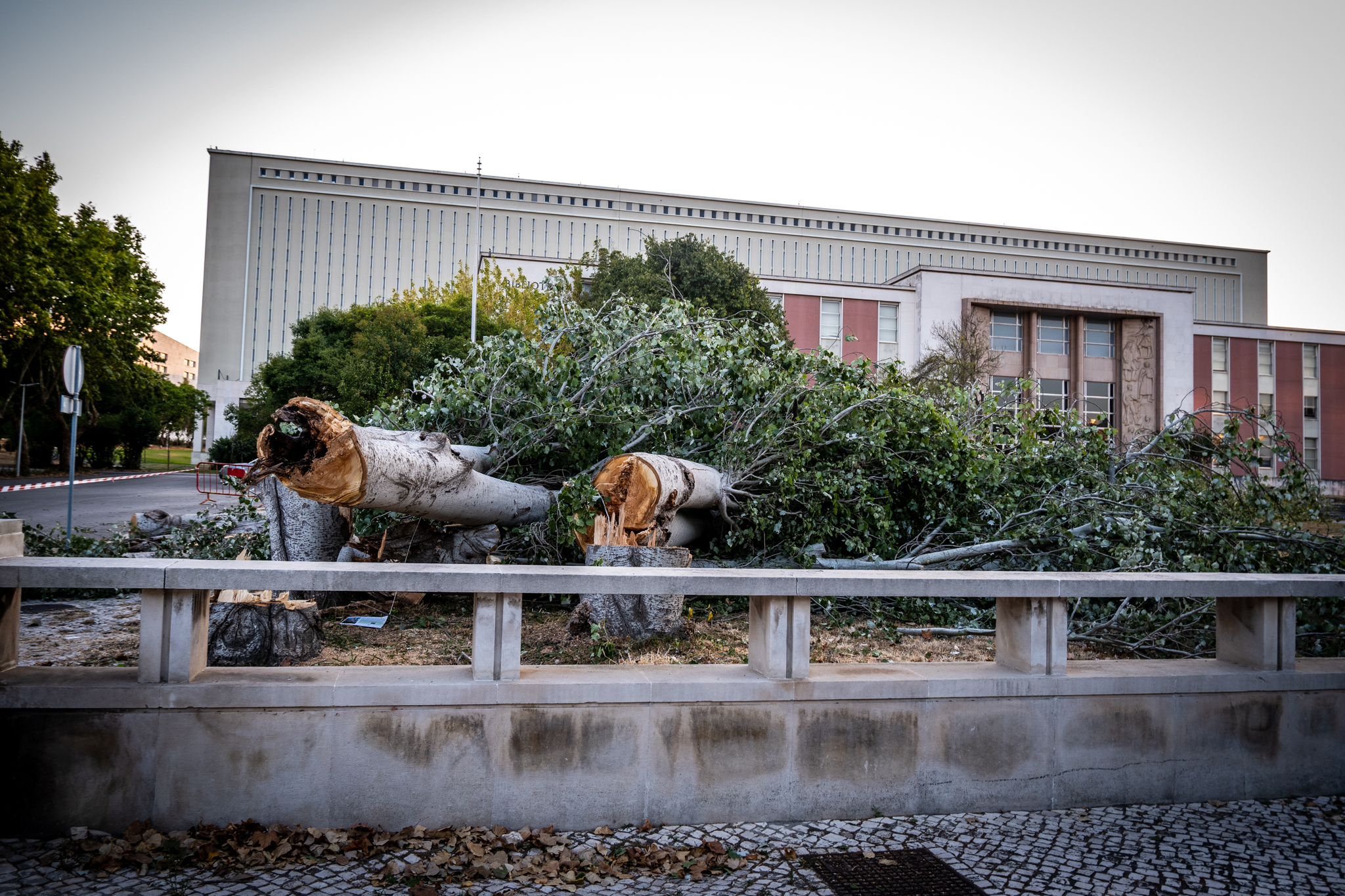
Lisbon woke up this Thursday to the felling of several trees that provided shade in front of the National Library of Portugal (BNP)in Campo Grande. Through social media (here e herefor example), citizens shared images of the cutting of several large poplars. The BNP states that the specimens were sick and that will be replaced by "others of the same species already of considerable size"as part of a redevelopment of the front part of its green space.
In an exercise in transparency, the BNP made a timely publication on its website explaining the planned felling of trees. The action had also been signposted on site, with a small poster and a QR code directing those interested to the BNP website hanging from the trees. According to the information released, the trees felled were white poplars (Populus alba) and black poplars (Populus nigra), "fast-growing species, but with little mechanical or pest resistance, which often begin to be affected by diseases before the age of 50, an age which the specimens in question have already surpassed".
The listed trees had been subjected to a phytosanitary evaluation and risk of rupture, carried out before the summer by the Veríssimo de Almeida Plant Pathology Laboratory of the Instituto Superior de Agronomia (ISA). According to the assessment report, the specimens had various fungi, such as a fungus capable of causing cancer and leading to the death of the affected plant, and another fungus that progresses very quickly and affects the mechanical stability of adult trees by destroying their base.
According to the same report, the presence of the funds is associated with pruning of head coppice or high coppice ("rolling pruning") carried out on those trees in recent years, such as the one carried out in 2013, as reported by a reporting team from the television program Biosphere. In the ISA report it is explained that the "head pruning, in which the legs were reduced to achieve a lowering effect and reduce the volume of the canopy" may have originated "the formation of countless epicormic launches"; e "the lesions (...) are difficult to cover and the fungi that cause wood rot take hold, accelerating the tree's degradation process". In detail, the following is written:
The poplars evaluated have uncharacteristic canopies, made up mostly of epicormic branches, which are structurally and mechanically unstable as a result of the head coppicing pruning they underwent, in which the legs were reduced in order to obtain a lowering effect and reduce the volume of the canopy. These prunings, carried out on adult trees, lead to the formation of numerous epicormic shoots; these new shoots quickly acquire excessive length and weight, presenting a high risk of breakage. The lesions resulting from the cuts to the larger diameter branches, or even the legs, are difficult to cover and the fungi that cause wood rot take hold, accelerating the tree's degradation process. Thus, all these poplars have strong epicormic sprouting and cavities in the legs, at their insertion and, in some cases, in the trunk. At the level of the so-called "rolling heads", resulting from the drastic reduction of the legs, extensive rotting is visible, sometimes with oozing of tannin-like substances, a sign that the process of wood degradation is underway. The branches formed on these legs can then easily break off, as the mechanical strength of the tissues in which they are inserted is compromised.
- Veríssimo de Almeida Plant Pathology Laboratory at the Instituto Superior de Agronomia (ISA)
Incorrect pruning of urban trees is common throughout the country, as several people have denounced on Facebook communities dedicated to protecting biodiversity, such as Platform in Defense of TreesThe group has more than 25,600 members on the social network. A legal regime approved in July this year, however, provides for a manual of good practices, municipal regulations and fines for private individuals and municipalities that prune or cut down trees outside the rules. The profession of arborist will now be recognized, as Público newspaper reported at the time.
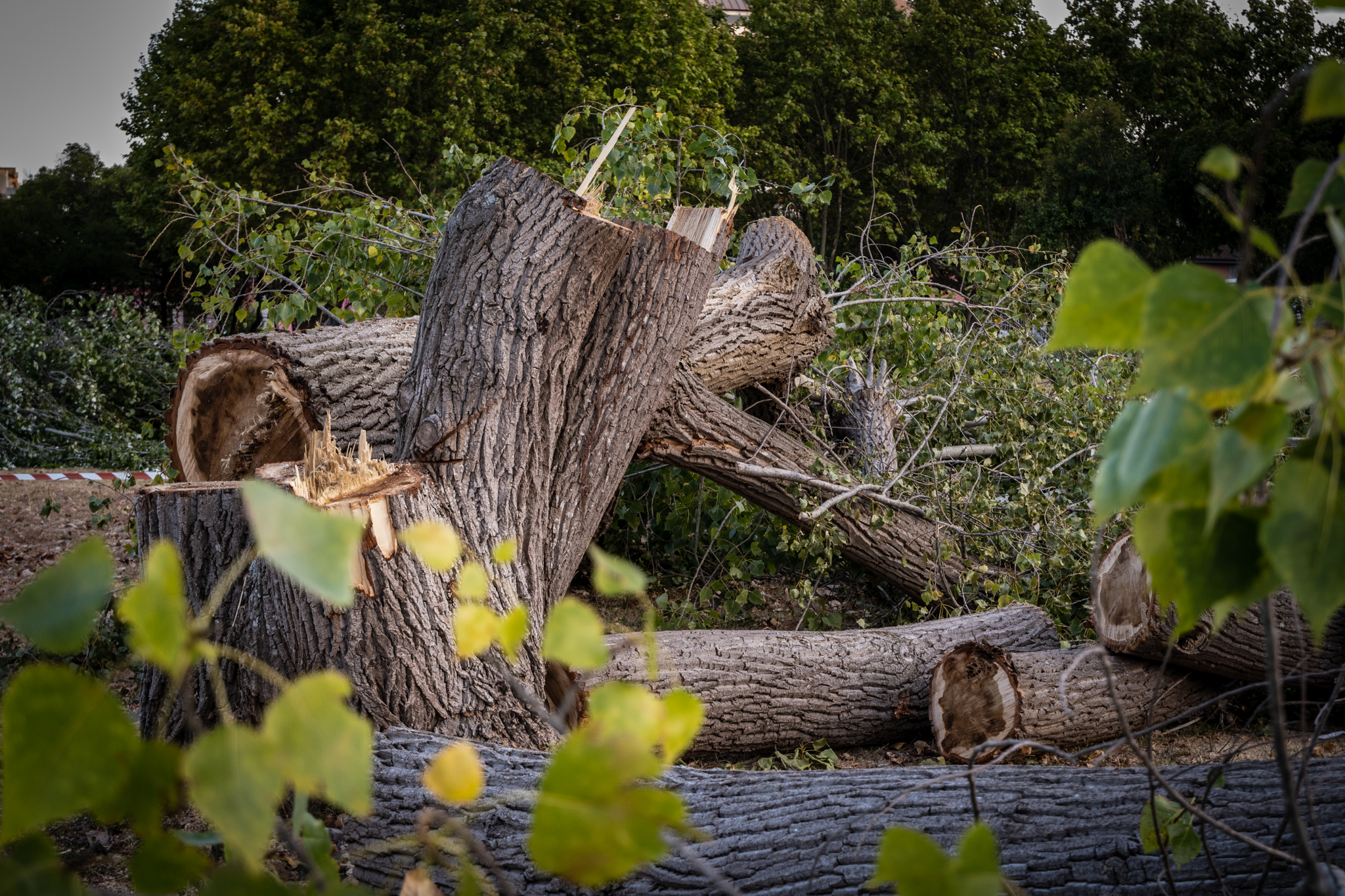
In the case of the BNP, the ISA assessed 15 trees and recommended felling seven of them. For the remaining trees, it recommended removing dry branches, pruning to lighten the crown, monitoring every six months and replacing them in 2/3 years. However, the Instituto Superior de Agronomia wrote that "drastic changes to the irrigation system (...) can have a highly negative impact on mature trees with phytosanitary problems and mechanical stability problems" and that "any work (...) that takes place in the vicinity of a tree, on the surface or underground, constitutes a threat to the vigor, mechanical stability and, eventually, the survival of the tree".
However, the BNP decided to proceed with the immediate slaughter of all the specimens, including those that the ISA said could be kept for another 2/3 years, since "this possibility of maintenance, in addition to being for a very short period and affecting the landscape balance of the space, is compromised by the need to renew the irrigation network and repair the sidewalks". The fact is that the BNP has a project to upgrade the front (or east) green area already designed and ready to be launched this year. Designed by landscape architect João Ceregeiro, in line with the original project by architect Vianna Barreto, the project will complete the requalification carried out last year and which covered the north, south and west areas; it will involve the renovation of the network and new sidewalks.
The project can be consulted below:



